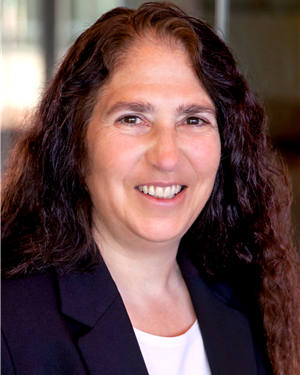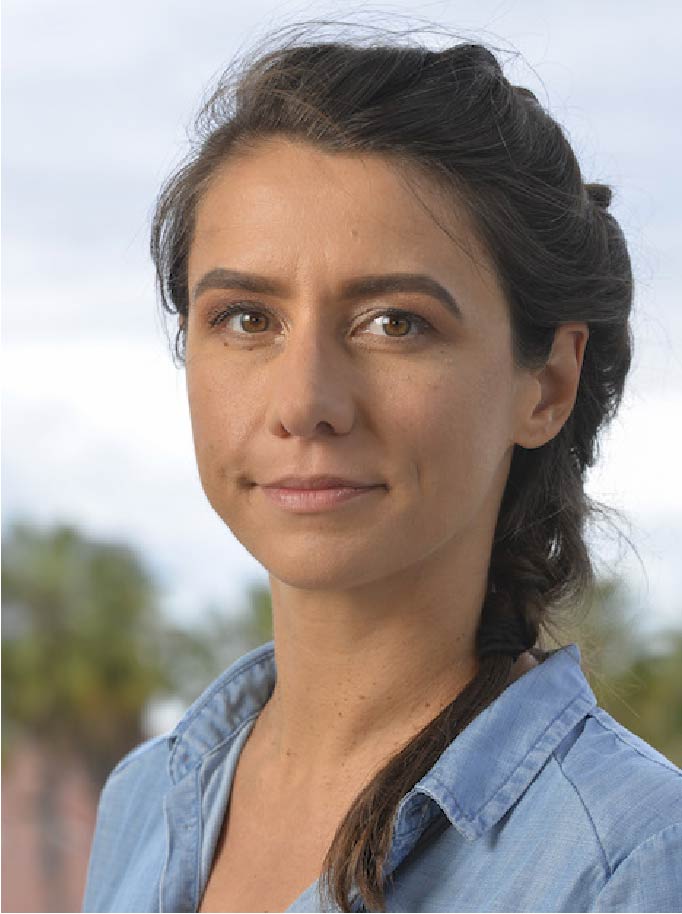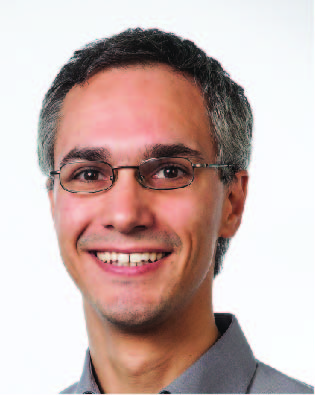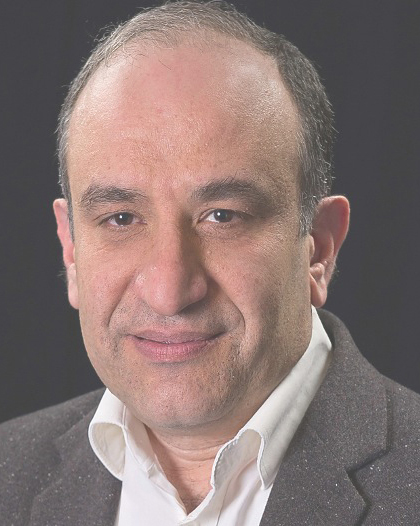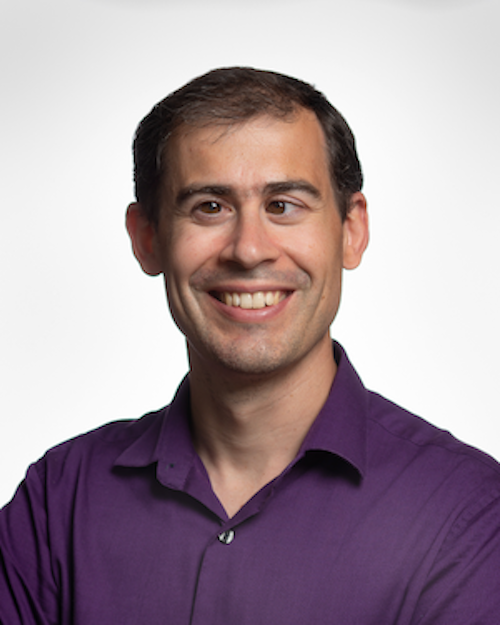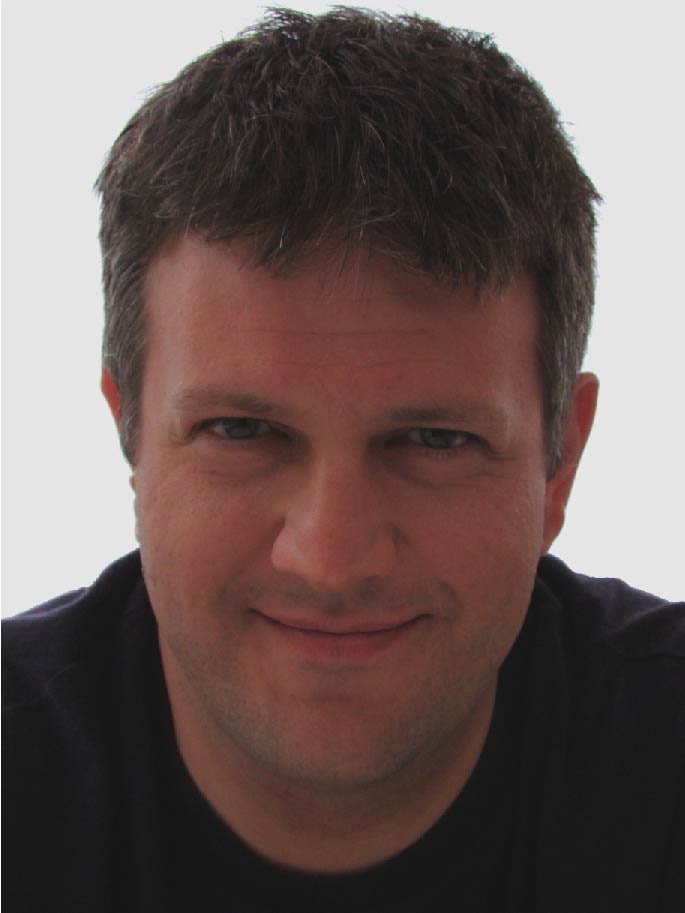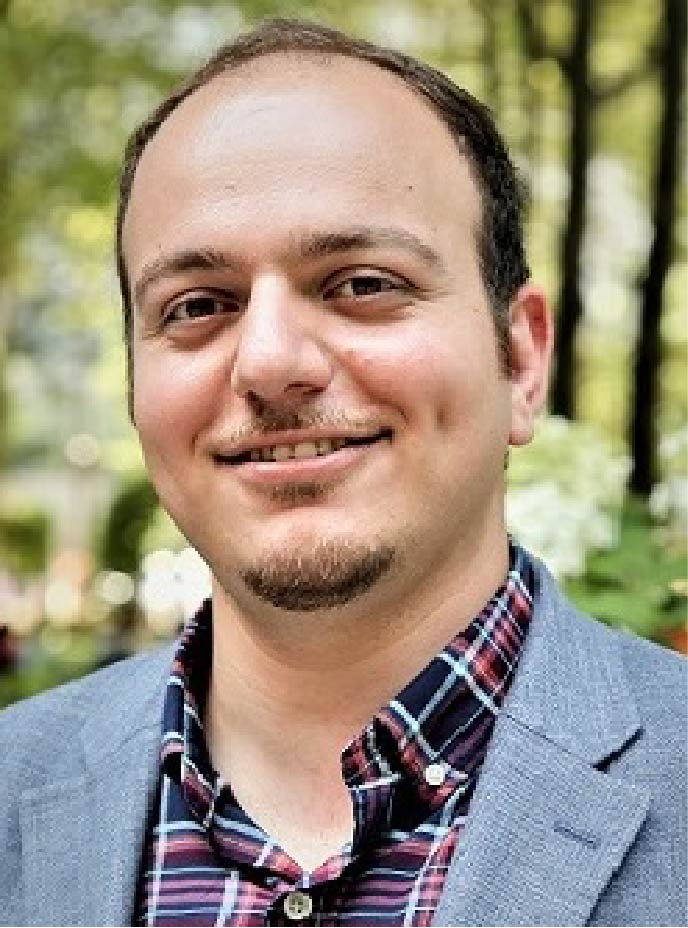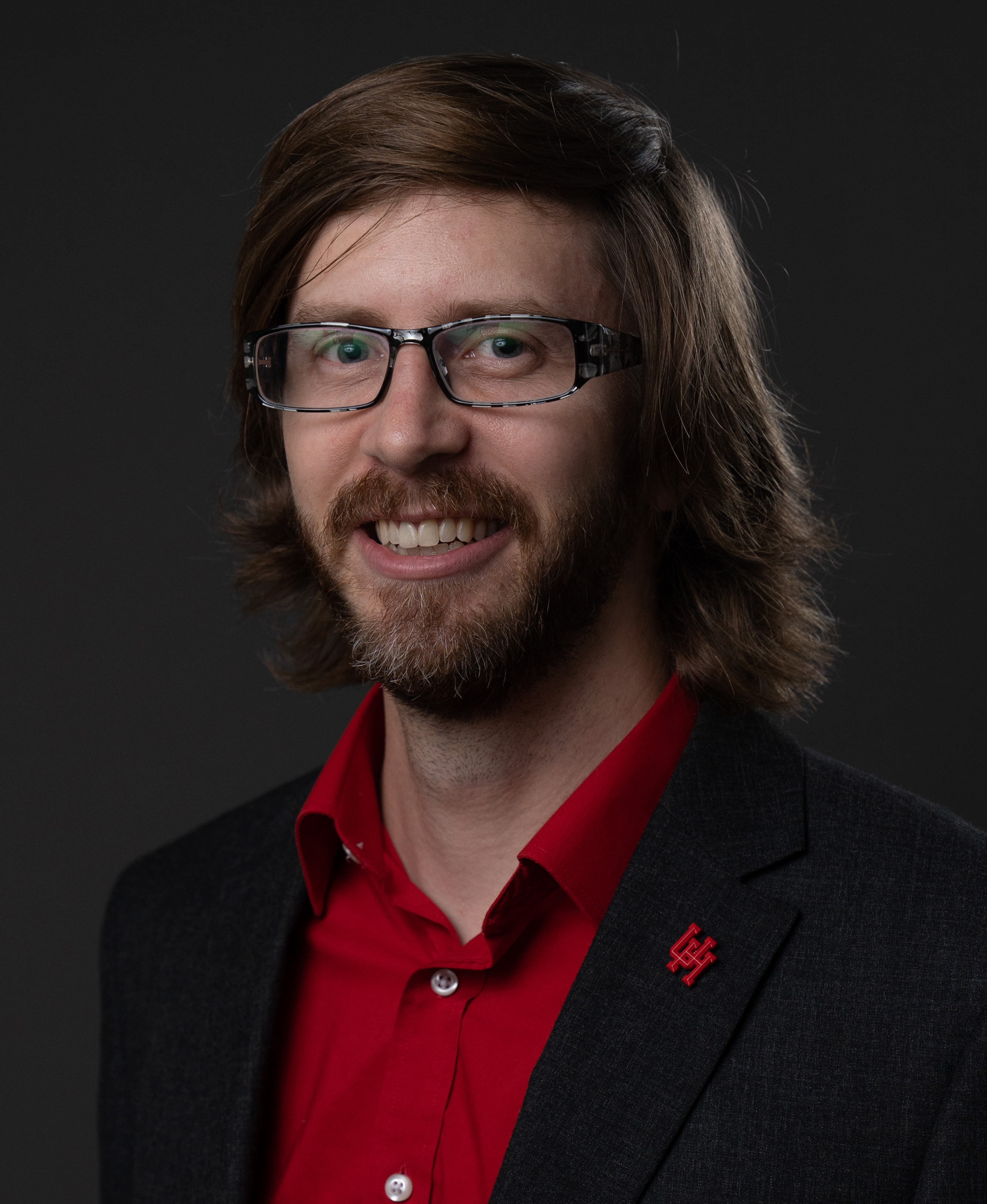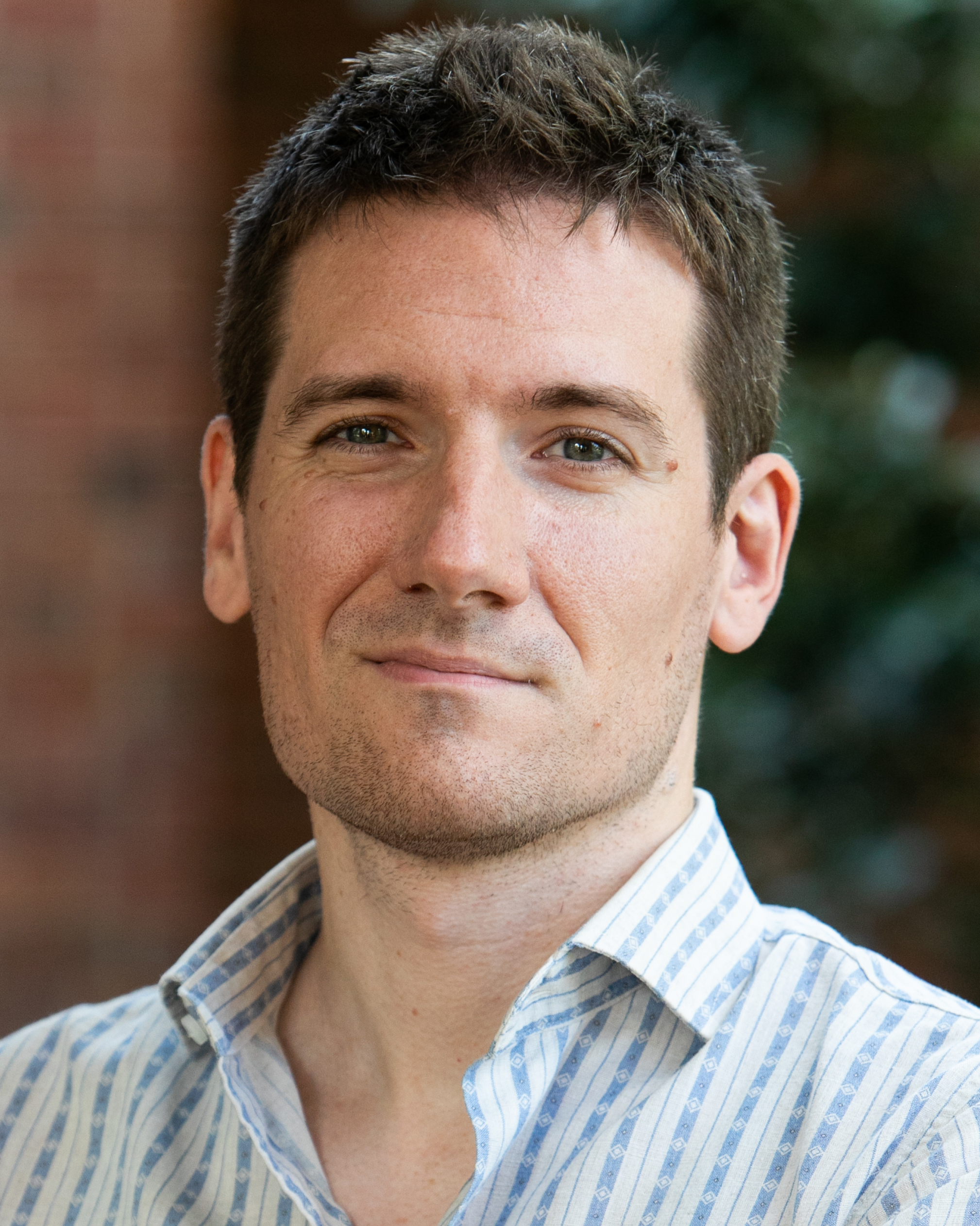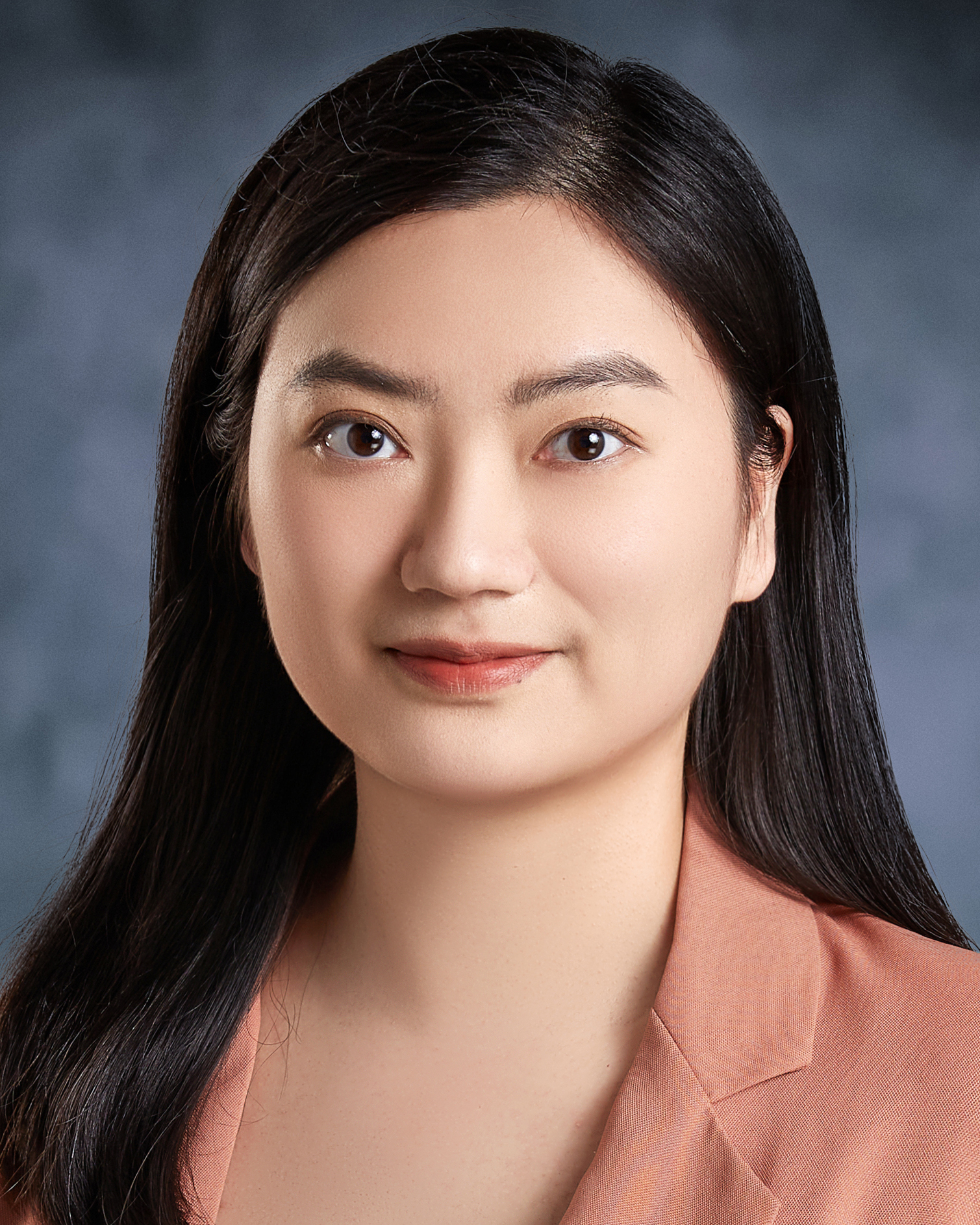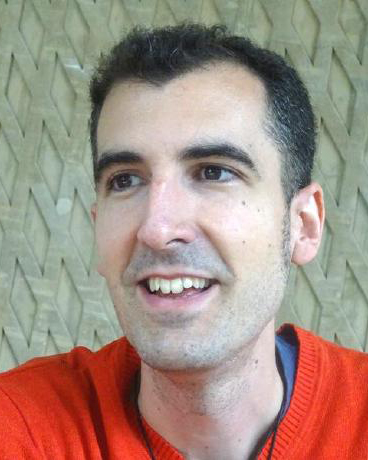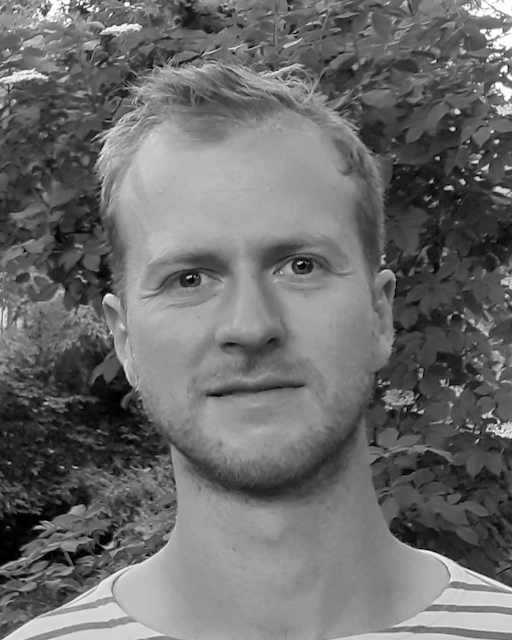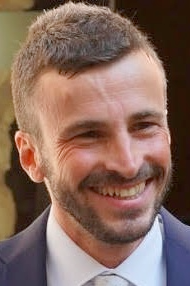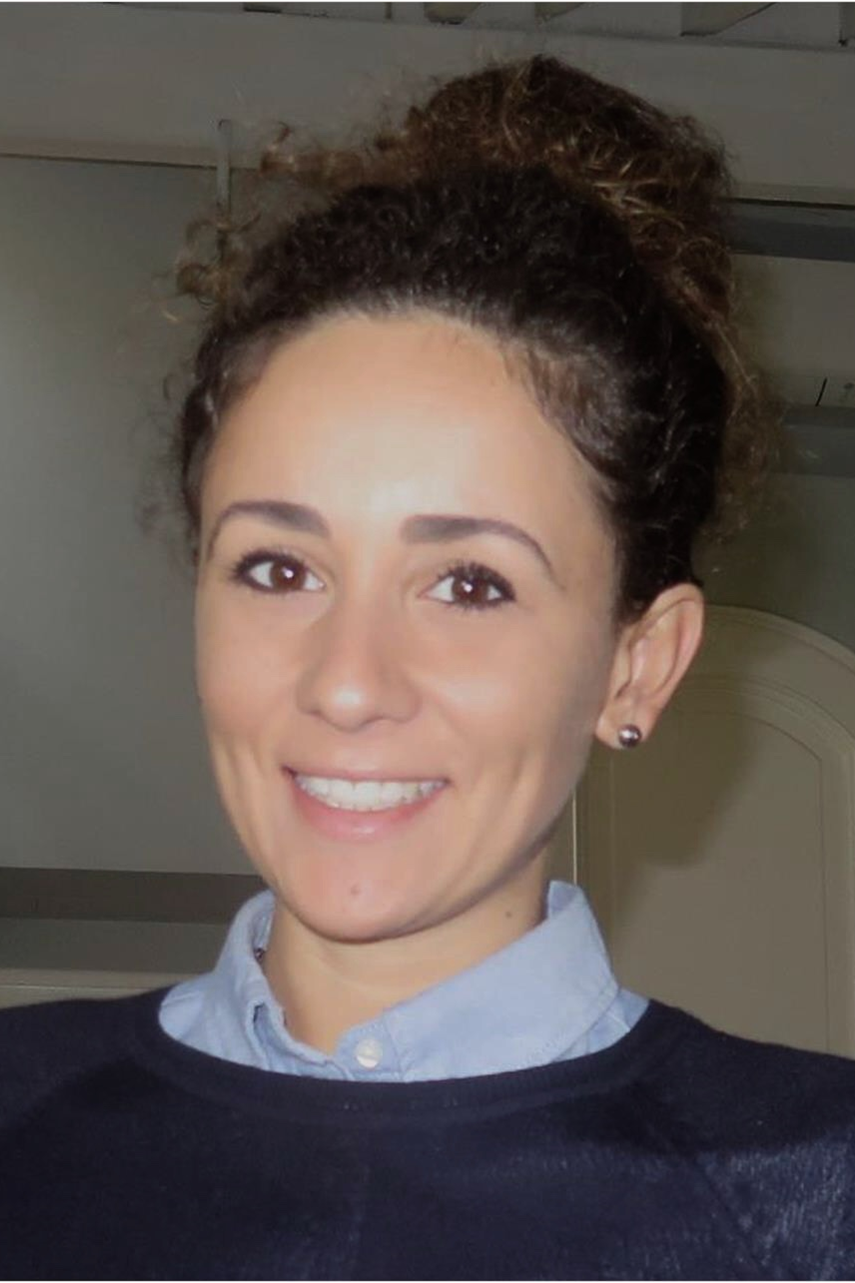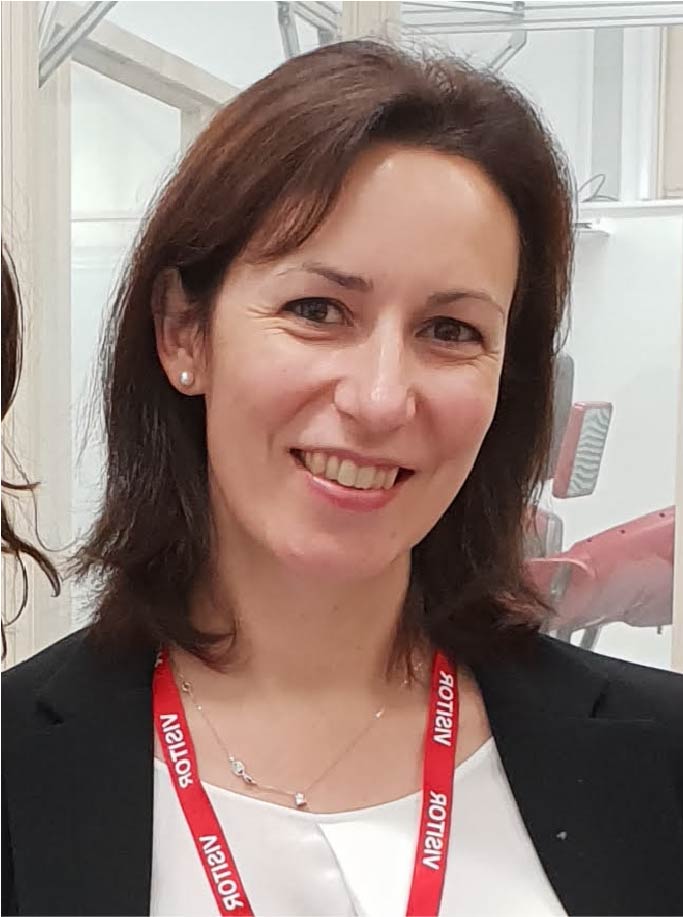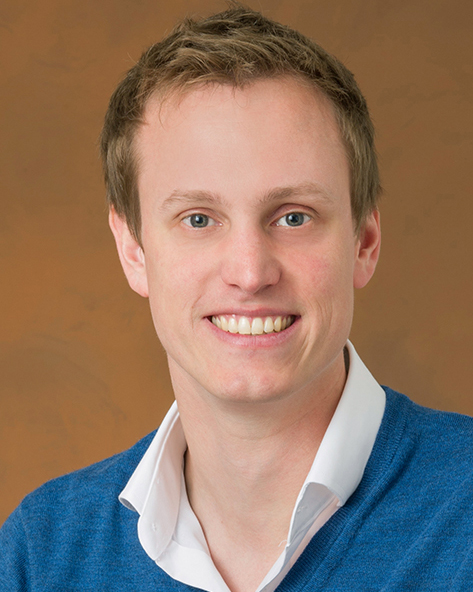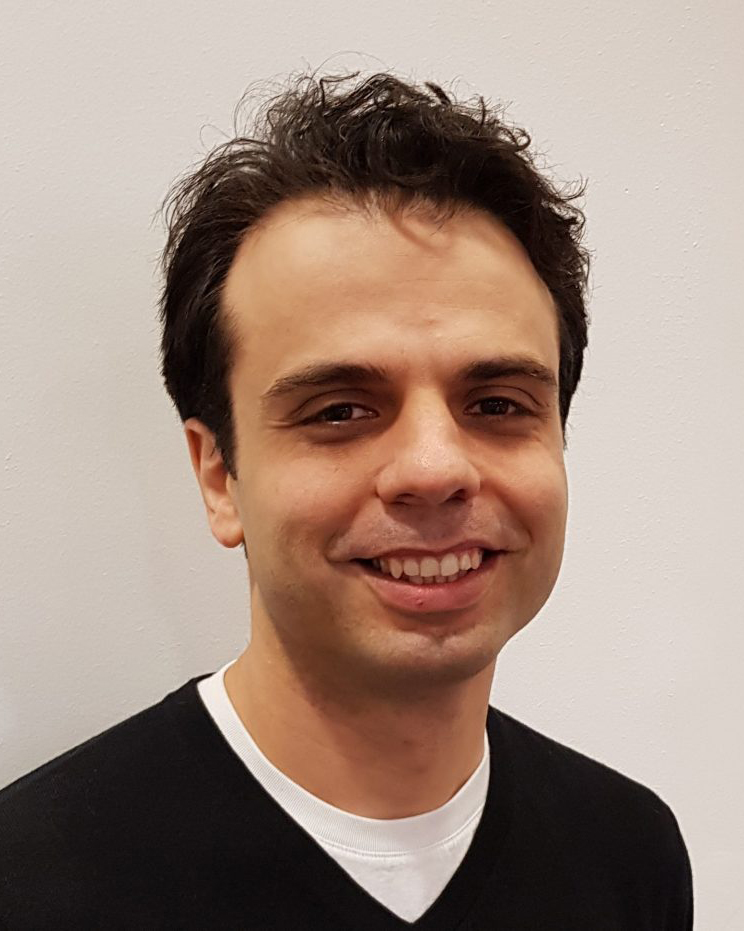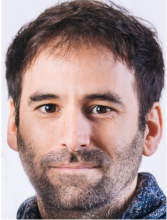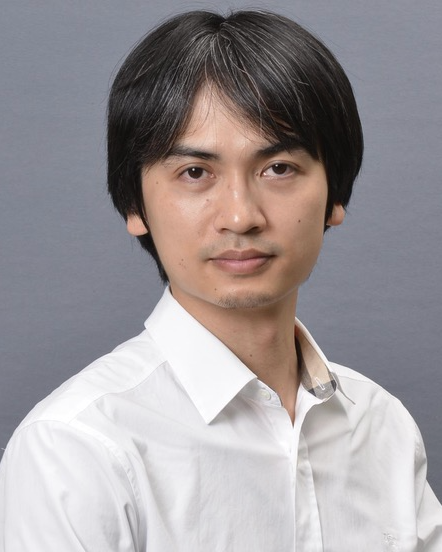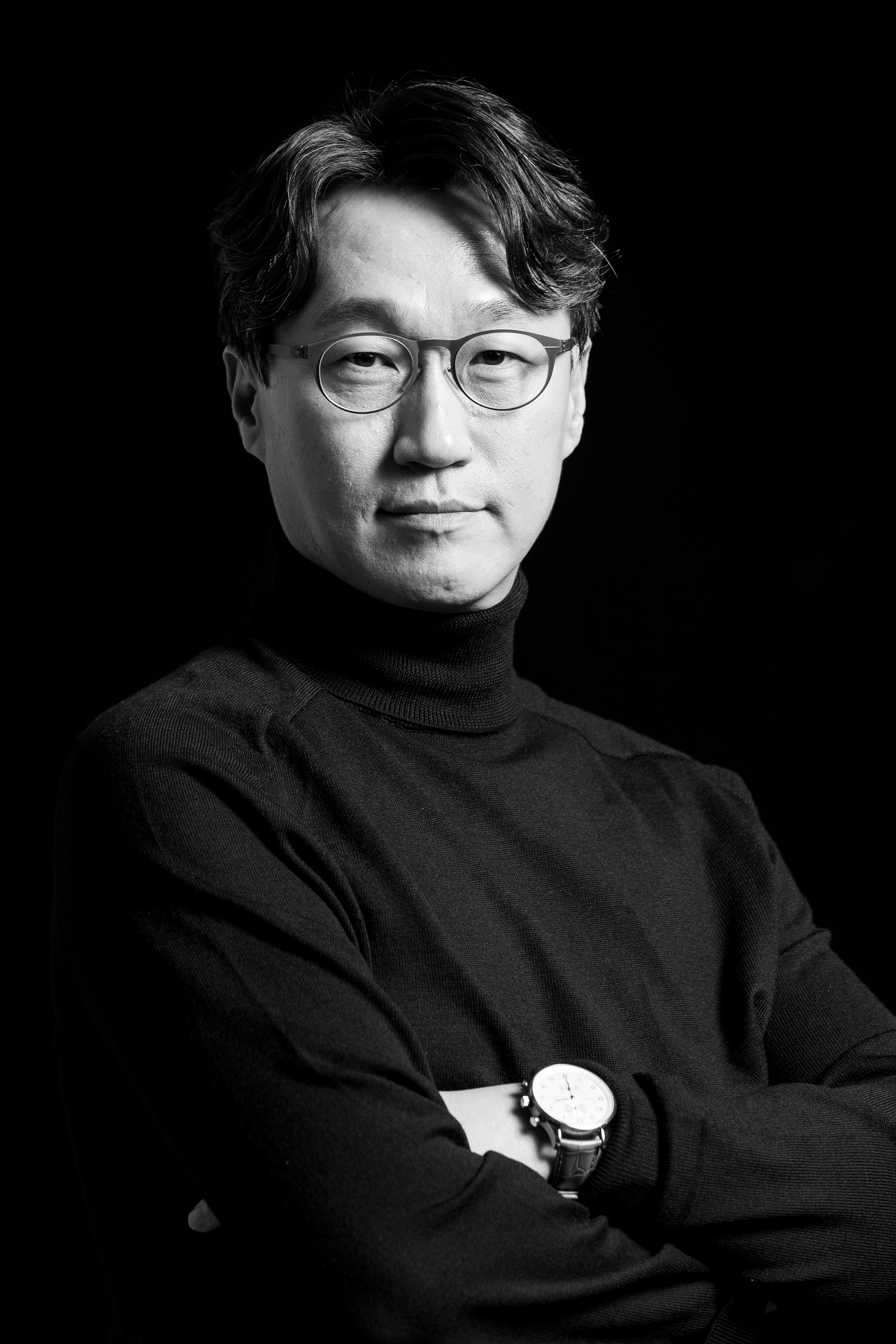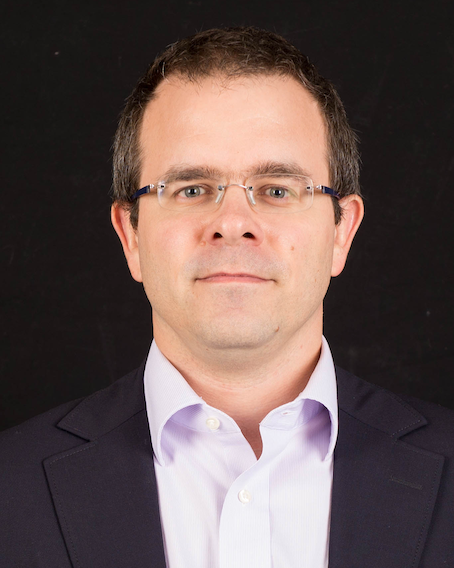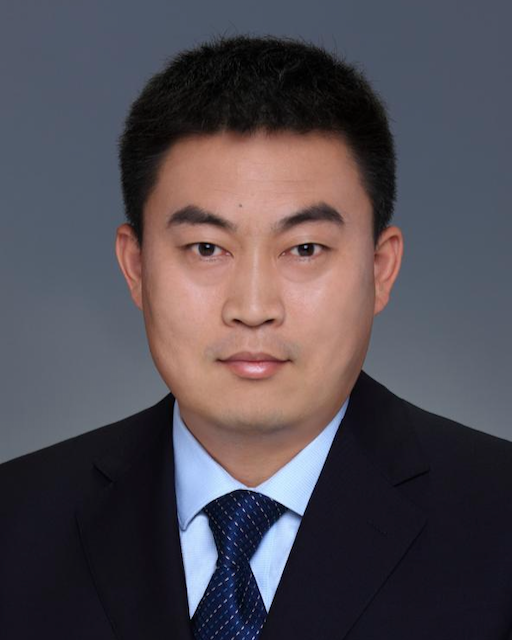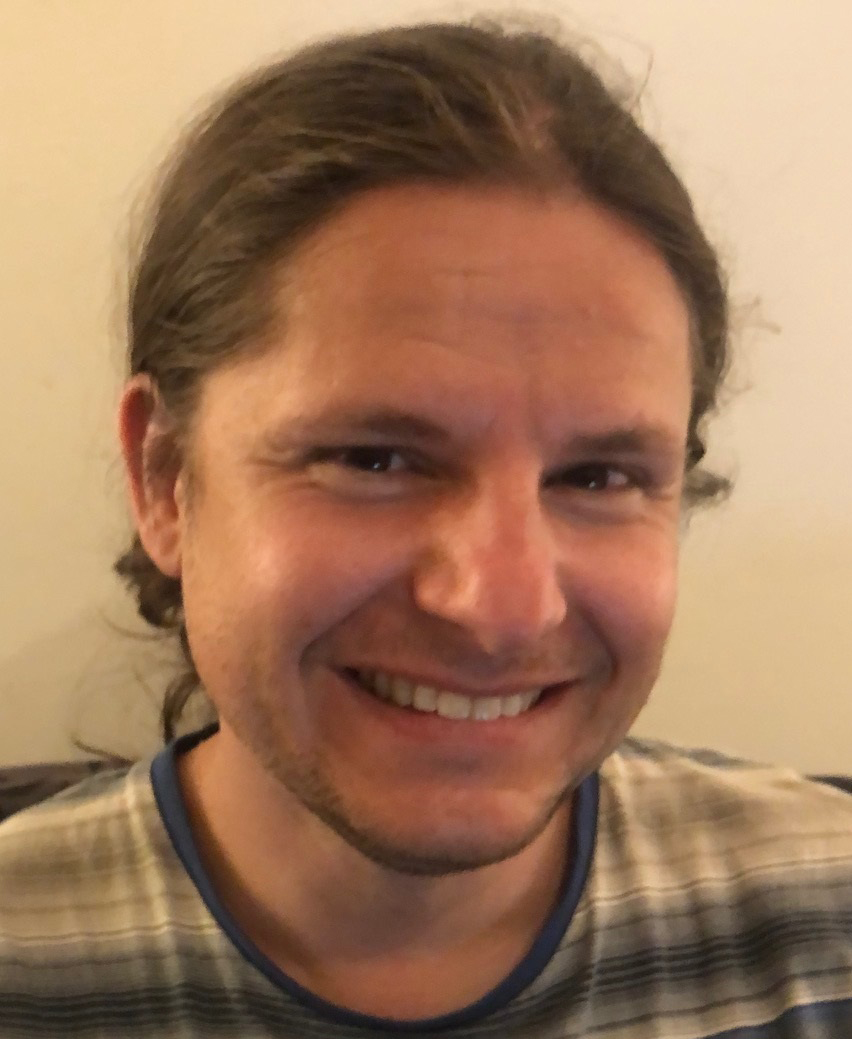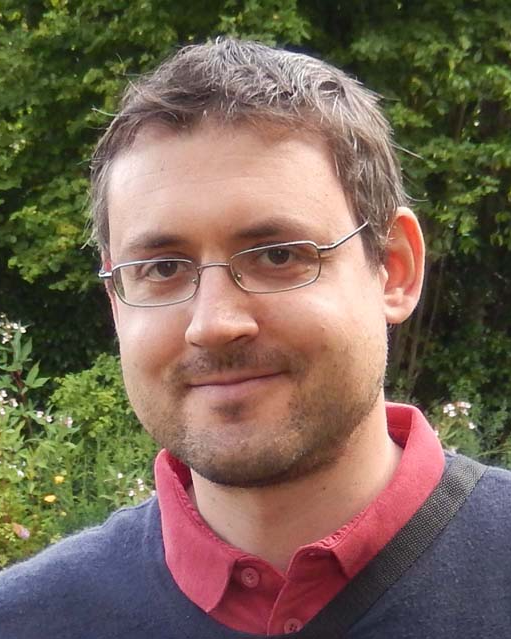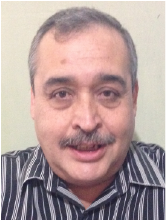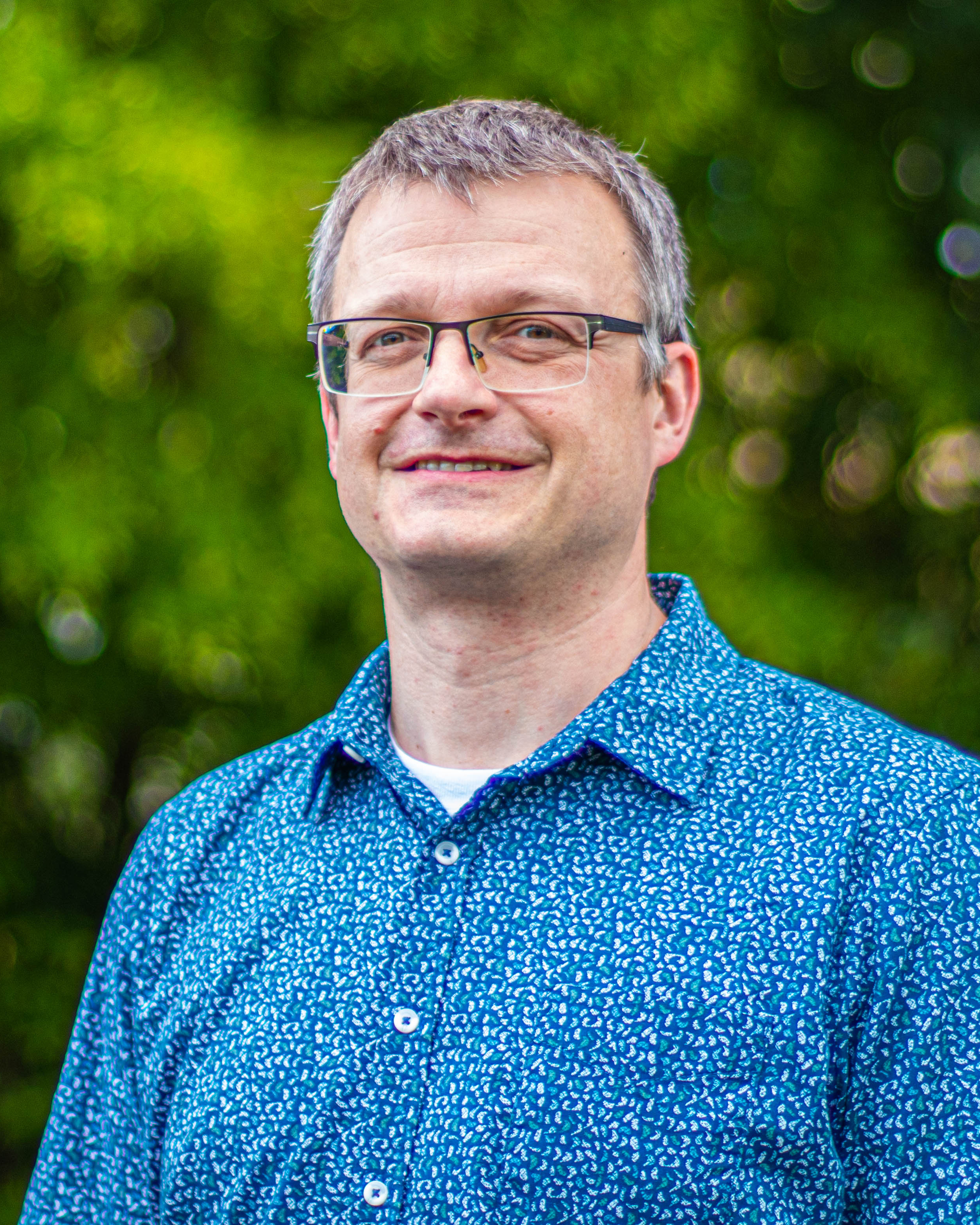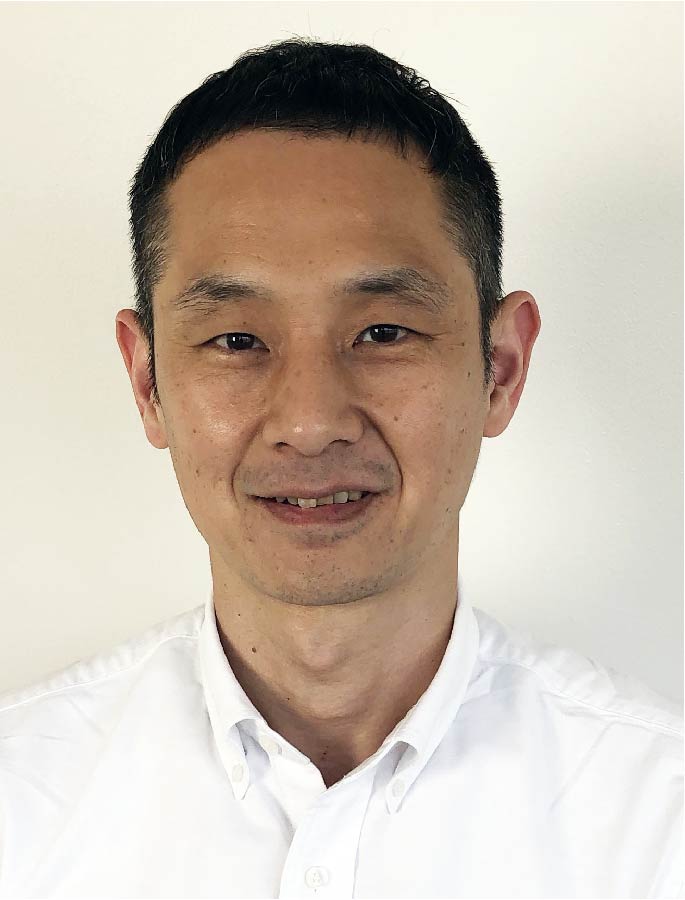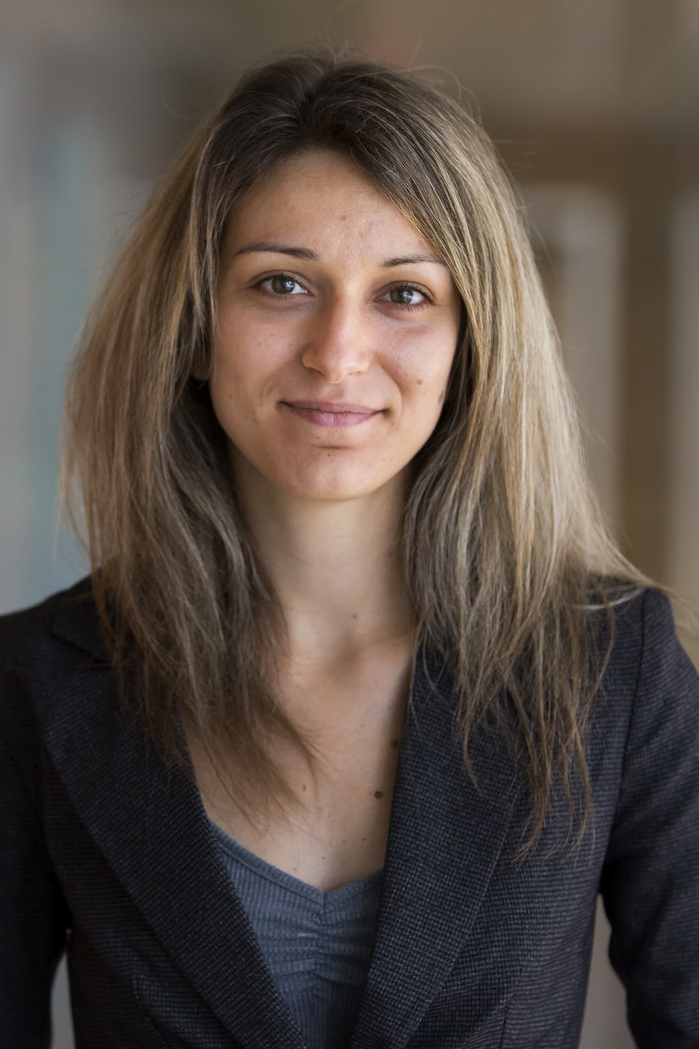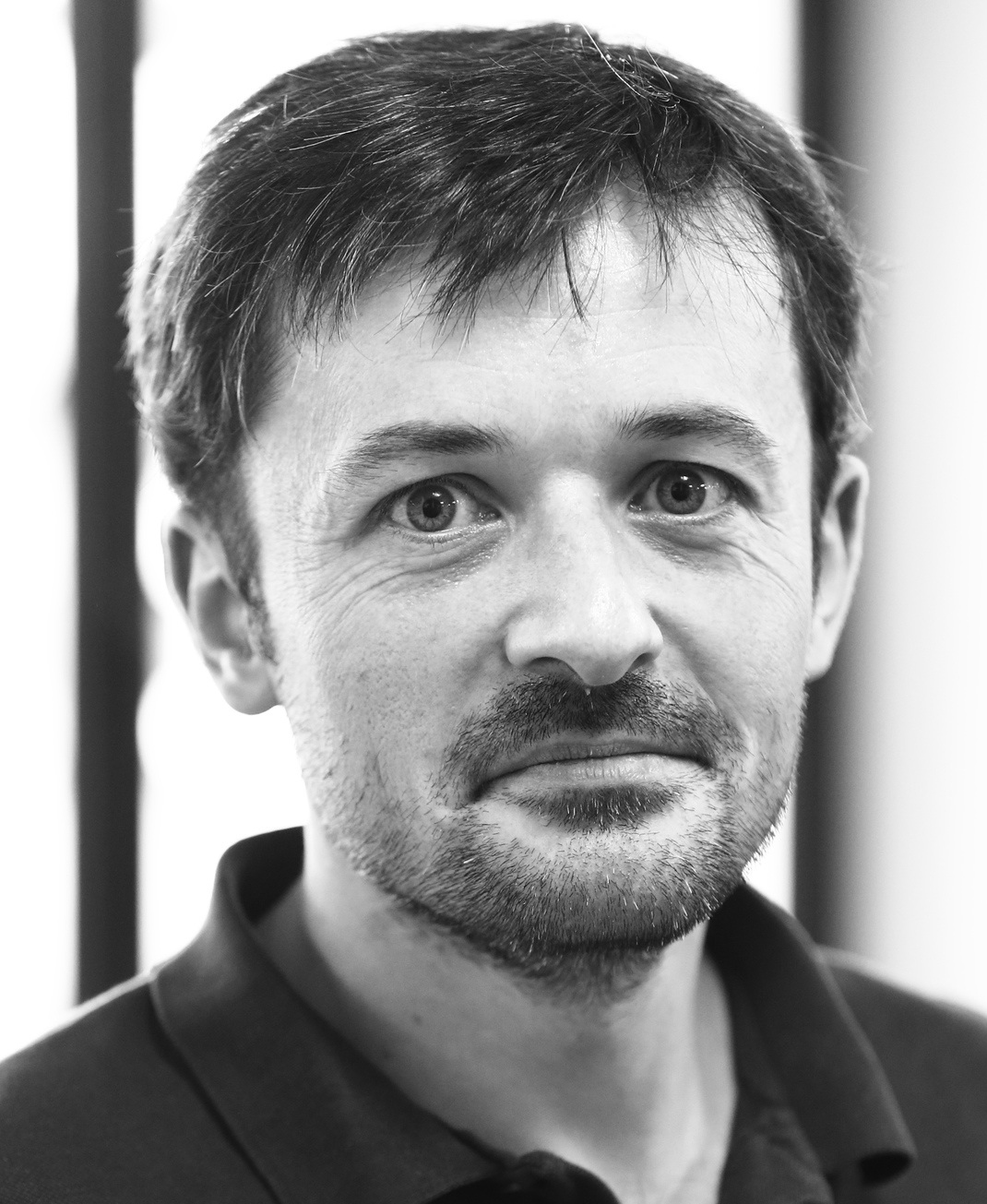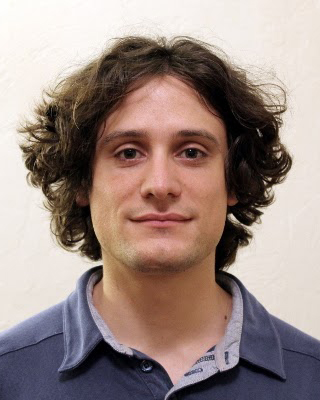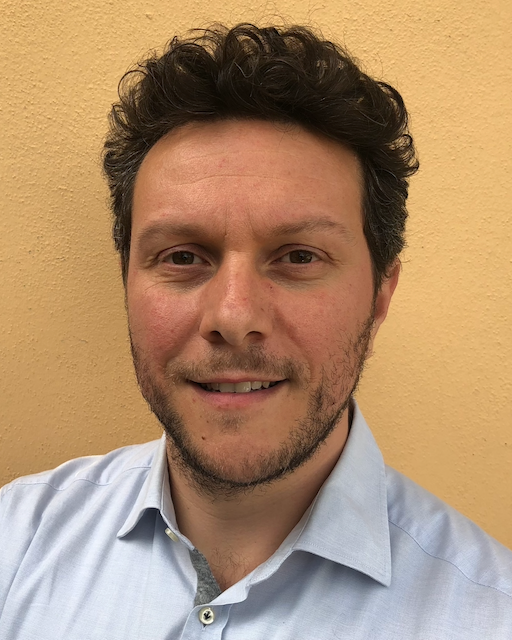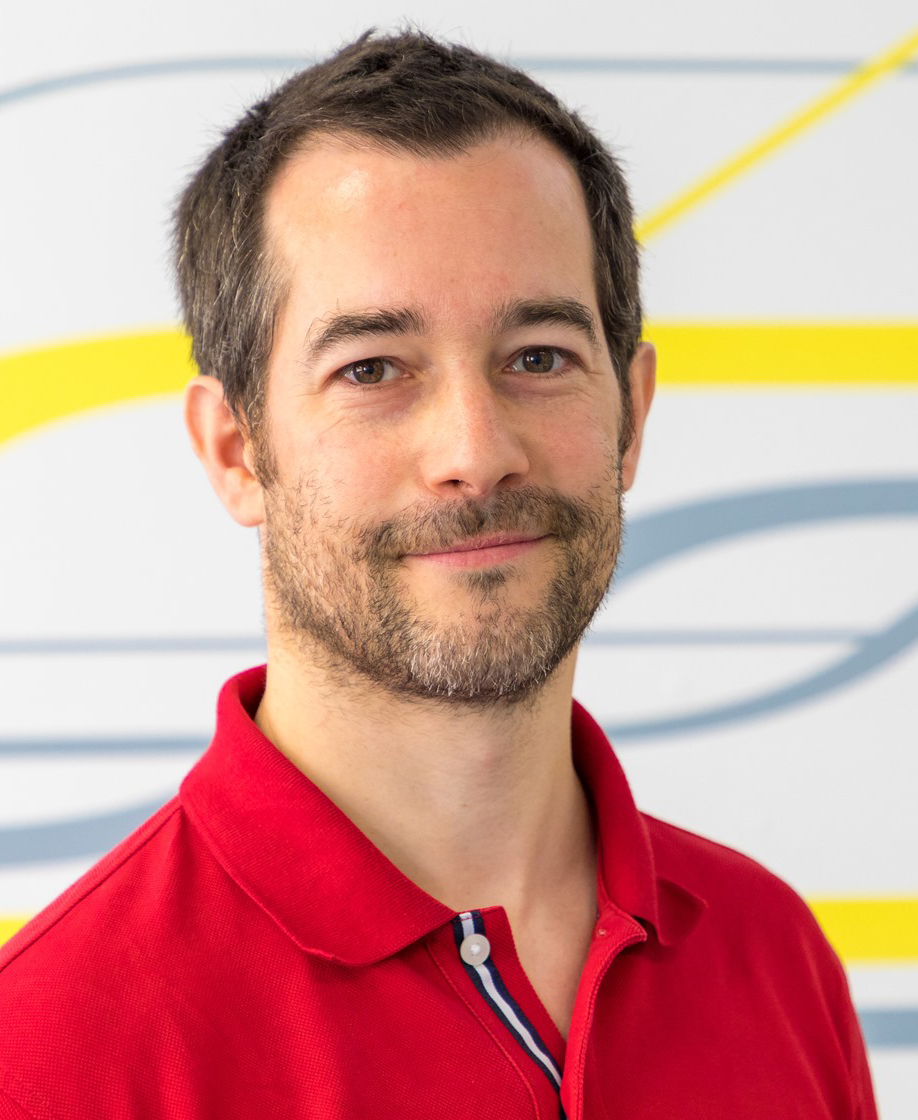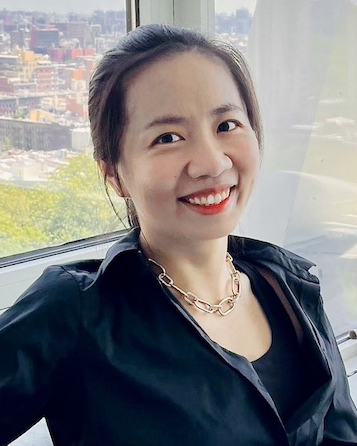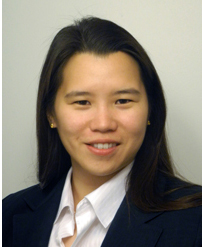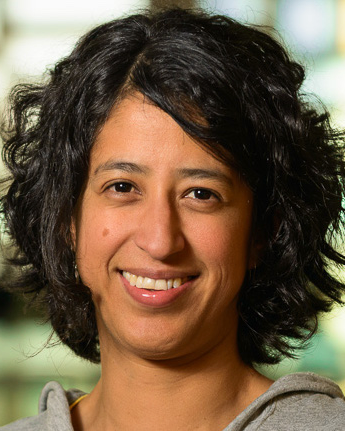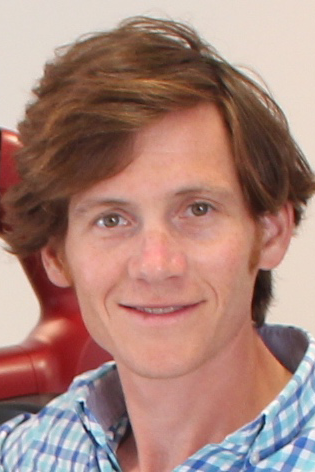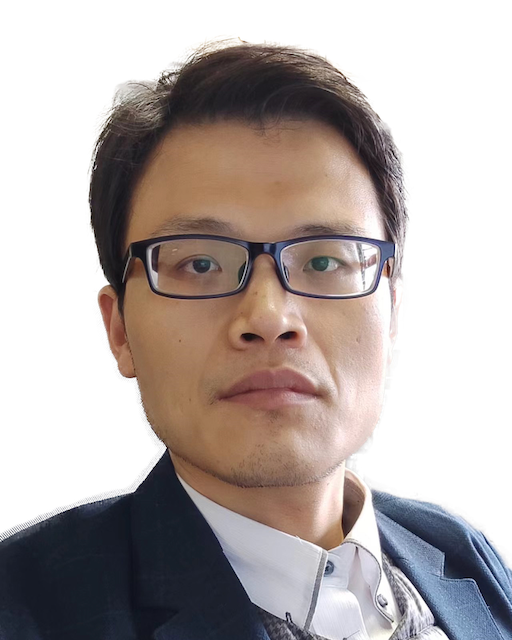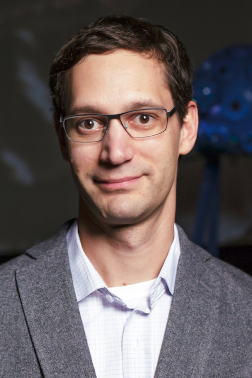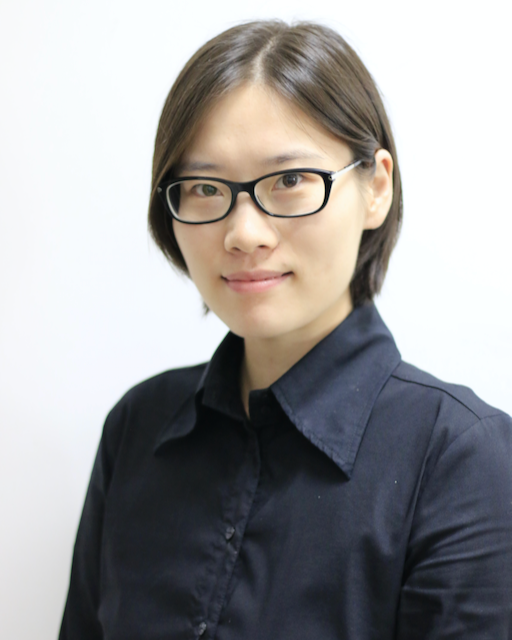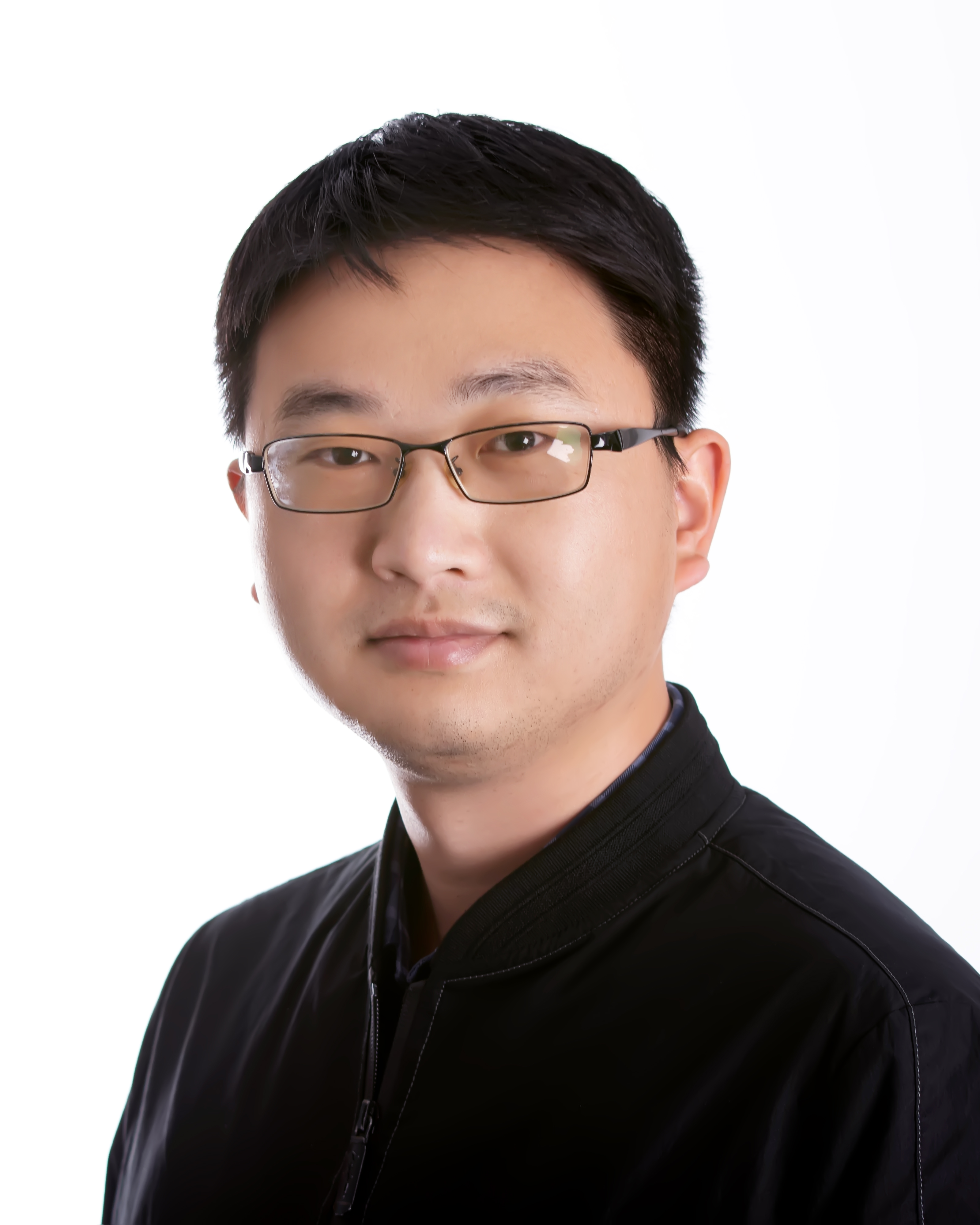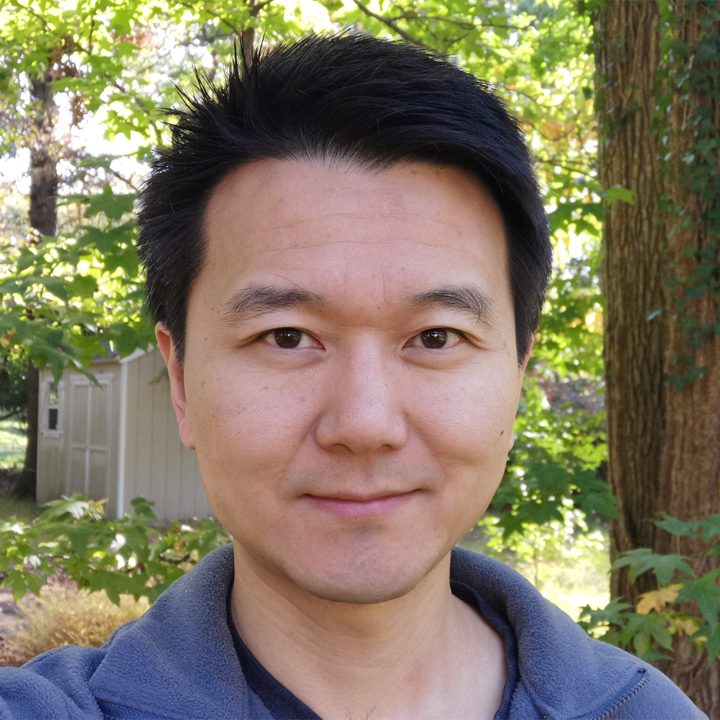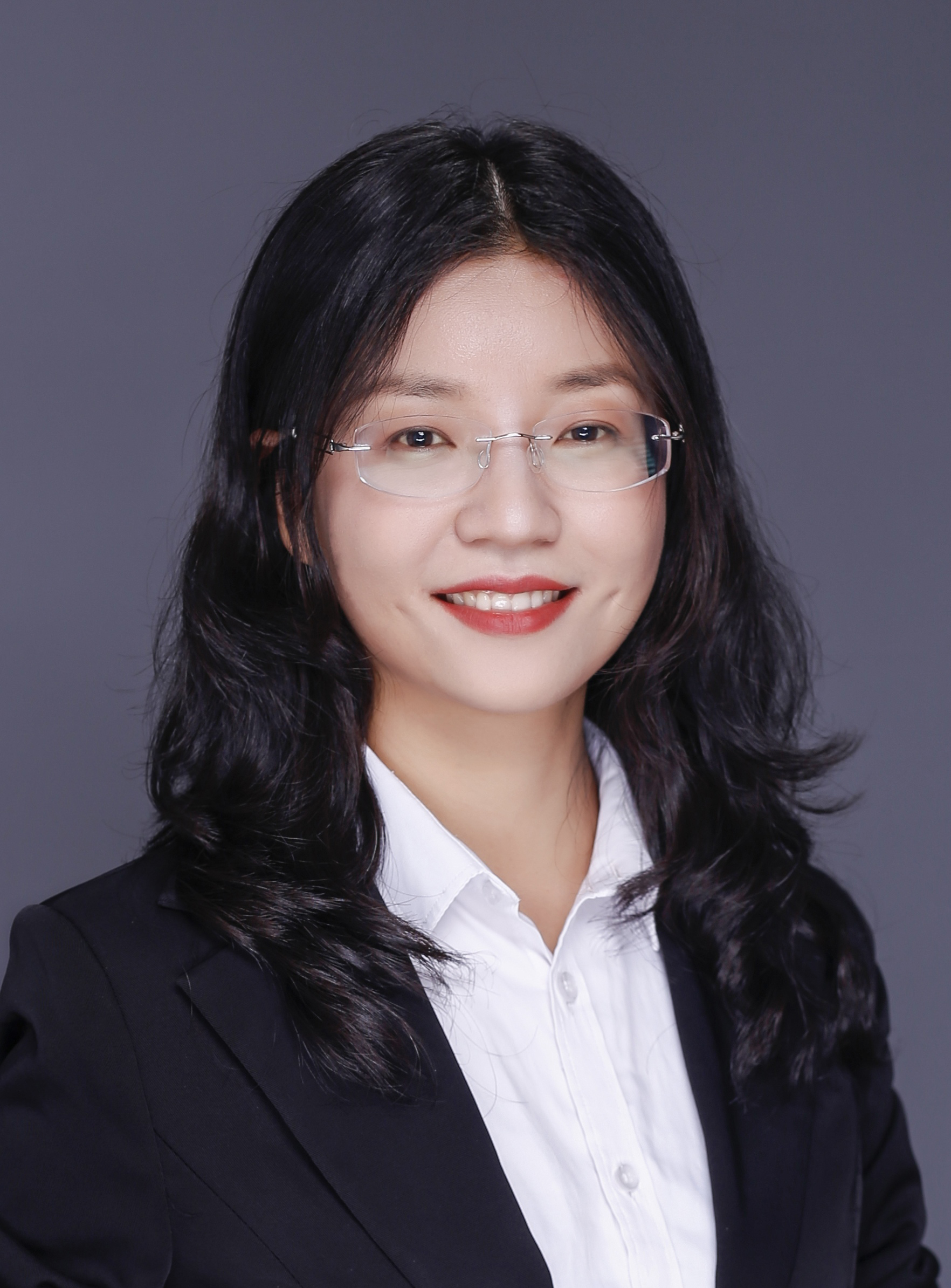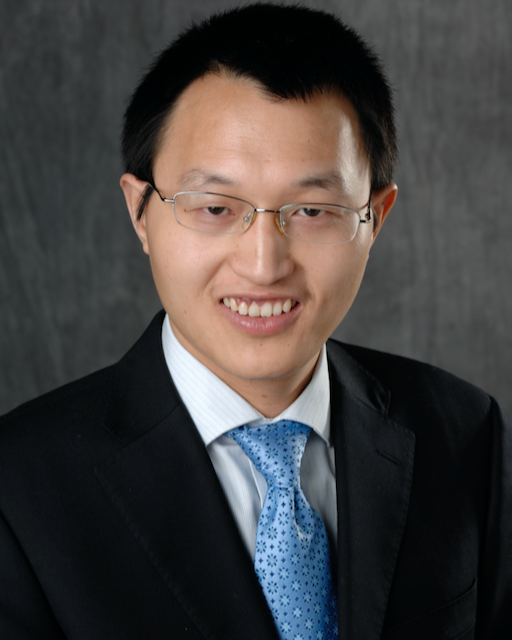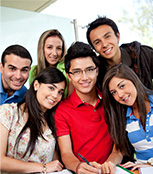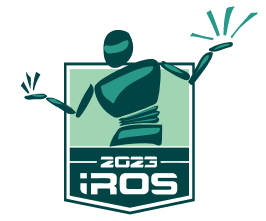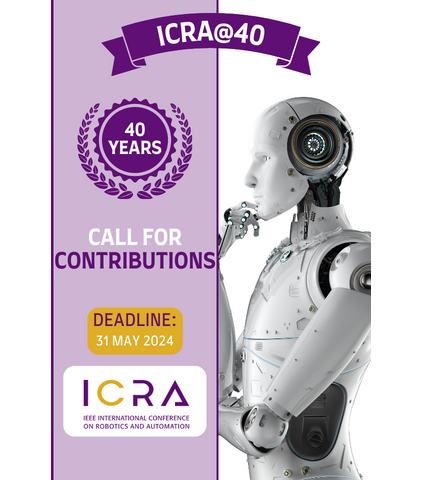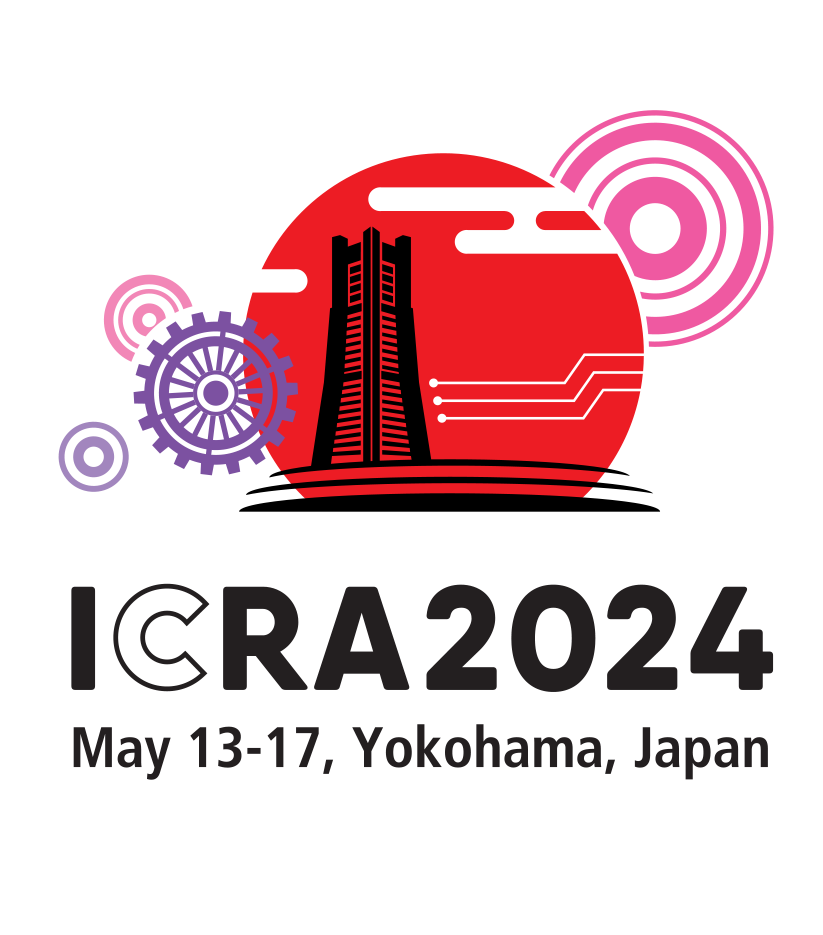David Hsu received BSc in computer science & mathematics from the University of British Columbia, Canada and PhD in computer science from Stanford University, USA. He is currently a professor of computer science at the National University of Singapore (NUS) and the Deputy Director ofNUS Advanced Robotics Center. He is an IEEE Fellow. His recent research focuses on robot planning and learning under uncertainty and human-robot collaboration. He, together with colleagues and students, won the Humanitarian Robotics and Automation Technology Challenge Award at International Conference on Robotics & Automation (ICRA) 2015, the RoboCup Best Paper Award at International Conference on Intelligent Robots & Systems (IROS) 2015, and the Best Systems Paper Award at Robotics: Science & Systems (RSS), 2017. He has chaired or co-chaired several major international robotics conferences, including ICRA 2016, RSS 2015, and International Workshop on the Algorithmic Foundation of Robotics (WAFR) 2004 and 2010. He was an associate editor of IEEE Transactions on Robotics. He is currently an editorial board member of Journal of Artificial Intelligence Research and a member of the RSS Foundation Board.
Talk # 1
Robot Decision-Making under Uncertainty: From Data to Actions
Planning and learning are two primary approaches to intelligent robots. Planning enables us to reason about the consequences of immediate actions far into the future, but it requires accurate world models, which are often difficult to acquire in practice. Policy learning circumvents the need for models and learns a mapping from robot perceptual inputs to actions directly. However, without models, it is much more difficult to generalize and adapt learned policies to new contexts. In this talk, I will present our recent work on robust robot decision-making under uncertainty through planning, through learning, most importantly by integrating planning and learning. I will give several examples, including autonomous vehicle navigation among many pedestrians and human-robot interactive tasks.
Talk # 2
Towards Seamless Human-Robot Collaboration: Intention, Trust, and Adaptation
Early robots often occupied tightly controlled environments, e.g., factory floors, designed to segregate robots and humans for safety. In the near future, robots will "live" with humans, providing a variety of services at homes, in workplaces, or on the road. To become effective and trustworthy collaborators, robots must adapt to human behaviors and more interestingly, adapt to changing human behaviors, as humans adapt as well. I will discuss our recent work on (i) mathematical models for human intentions and trust and (ii) planning and learning algorithms that leverage the model to enable effective robot adaptation to humans. This discussion, I hope, will spur greater interest towards principled approaches that integrate perception, planning, and learning for seamless human-robot collaboration.
Primary Keywords: Manipulation Planning; Mobile Manipulation; Social Human-Robot Interaction; Autonomous Vehicle Navigation; Visual-Based Navigation; Deep Learning in Robotics and Automation; Task Planning; Motion and Path Planning; Nonholonomic Motion Planning; Path Planning for Multiple Mobile Robots or Agents; Reactive and Sensor-Based Planning; Collision Avoidance
Secondary Keywords: Formal Methods in Robotics and Automation; Grasping; Human-Centered Robotics; Learning from Demonstration; Surgical Robotics: Planning; Service Robots
T-RO Editor: July 1, 2023 – June 30, 2028

